I have a bit of Python code written by a previous engineer and I am trying to add to it. The script records the value of a serial string input, and logs the value in the string in a CSV file against time. The CSV file appears like this
12h35m15s,0.01t
12h35m16s,0.02t
12h35m17s,0.05t
12h35m18s,0.15t
12h35m19s,0.21t
12h35m20s,0.23t
12h35m21s,0.20t
12h35m22s,0.21t
12h35m23s,0.22t
12h35m24s,0.26t
and so on...
What I have done is added a section in the code so that when you press a button it uses matplotlib to generate a graph of the data in the CSV file.
The problem I have is that matplotlib cannot plot the time in the format 12h25m15s as it isn't a float. I have changed the code to remove the h, m and s from the CSV file, but the problem is the seconds value. The seconds at 1 second is 1s, not 01s, therefore my graphed values would be for example:
12358 (at 12h25m8s)
12359 (at 12h25m9s)
123510 (at 12h25m10s)
123511 (at 12h25m11s)
123512 (at 12h25m12s)
123513 (at 12h25m13s)
then when it goes to 12h36m
12361 (at 12h36m1s)
12362 (at 12h36m2s)
and so on...
this means that when my graph is plotted it sees 12h36m1s as a lower value than 12h35m10s and mixes up where the data should be in the graph.
I need to find one of two solutions:
1) Correct the time format so that matplotlib correctly plots the time 2) Set my x axis value to be the number of data records being plotted. I.e. if I have 50 data records for y, my x axis is simply 1-50 and not time.
Can anyone help on this?
My graph code is:
import matplotlib.pyplot as plt
import matplotlib.dates as mdates
import datetime as dt
import numpy as np
s = open('log0.csv','r').read()
CSVunits = ('kN', 'T', 'lb', 'kg', 't')
for c in CSVunits:
s = ''.join( s.split(c) )
out_file = open('graph.csv','w')
out_file.write(s)
out_file.close()
data = [['13h10m5s'],['13h20m5s'],['13h30m5s'],['13h40m5s'],['13h50m5s'],['14h0m5s']]
#data = np.loadtxt('graph.csv', delimiter=',', skiprows=4,usecols=[0])
x = [mdates.date2num(dt.datetime.strptime(x[0], '%Hh%Mm%Ss')) for x in data]
y = np.loadtxt('graph.csv', delimiter=',', skiprows=4,usecols=[1])
fig,ax = plt.subplots(1)
ax.xaxis.set_major_formatter(mdates.DateFormatter('%H:%M:%S'))
ax.plot_date(x, y, '-') # '-' adds the line on the graph joining points
plt.xlabel('Time')
plt.ylabel('Load Value')
plt.title('Graph Showing Load Against Time\n')
plt.show()
when I run this I get the error:
ValueError: invalid literal for float(): 12h35m15s
Just for clarity, in my data example the 1, 2 and 3 were just to indicate the rows in a CSV file, there is no column or data containing 1, 2 and 3. It is just the time and the float value I have in my CSV.
Thanks


